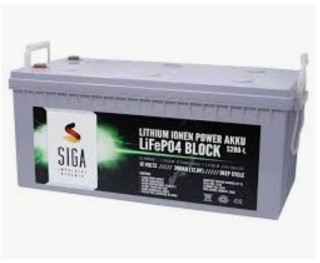Li Cells

A lithium-ion accumulator is the generic term for accumulators based on lithium compounds in all three phases of the electrochemical cell. The reactive materials in both the negative and positive electrodes and the electrolyte contain lithium ions. Lithium-ion batteries have a high specific energy compared to other types of batteries, but require electronic protection circuits in most applications because they are sensitive to both deep discharge and overcharge.
From https://en.wikipedia.org/wiki/Lithium-Ion-accumulator:
Lithium-ion batteries are divided into a variety of chemical types in a variety of types such as the lithium-cobalt dioxide accumulator, lithium-manganese dioxide accumulator, lithium iron phosphate accumulator and in less common variants such as lithium titanate accumulator and tin-sulfur lithium-ion accumulator. The majority of the batteries on the market are lithium-cobalt dioxide accumulators, often in the form of a lithium-polymer accumulator. The characteristic data such as cell voltage, temperature sensitivity, charge and discharge final voltage and the maximum allowable charge or discharge current vary depending on the design and are significantly dependent on the electrode material and electrolyte used. The specification of the exact type, for example lithium iron phosphate accumulator, is therefore more informative than the non-specific indication of the generic term lithium-ion accumulator. All lithium-ion batteries have in common that the cells are hermetically sealed and can be operated independently of position. The specific energy is in the order of 150 Wh / kg and the energy density in the order of 400 Wh / l, which lithium-ion batteries are particularly interesting in the field of mobile applications as electrical energy storage and allow the construction of small and light batteries. The self-discharge rate is in the range of 2% to 8% per month, the temperature range for use is -20 ° C to +60 ° C. Another key feature of all lithium-ion batteries is that cells are unable to cope with overcharge from cell chemistry. If multiple cells are connected in series to achieve higher electrical voltage, additional measures in the form of a battery management system (BMS) and balancer must be provided to compensate for the tolerances in the capacity between the cells.



